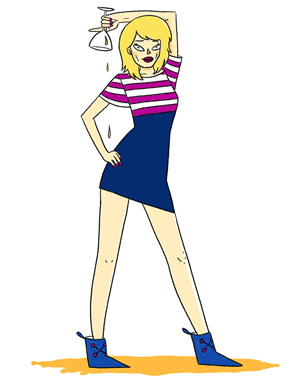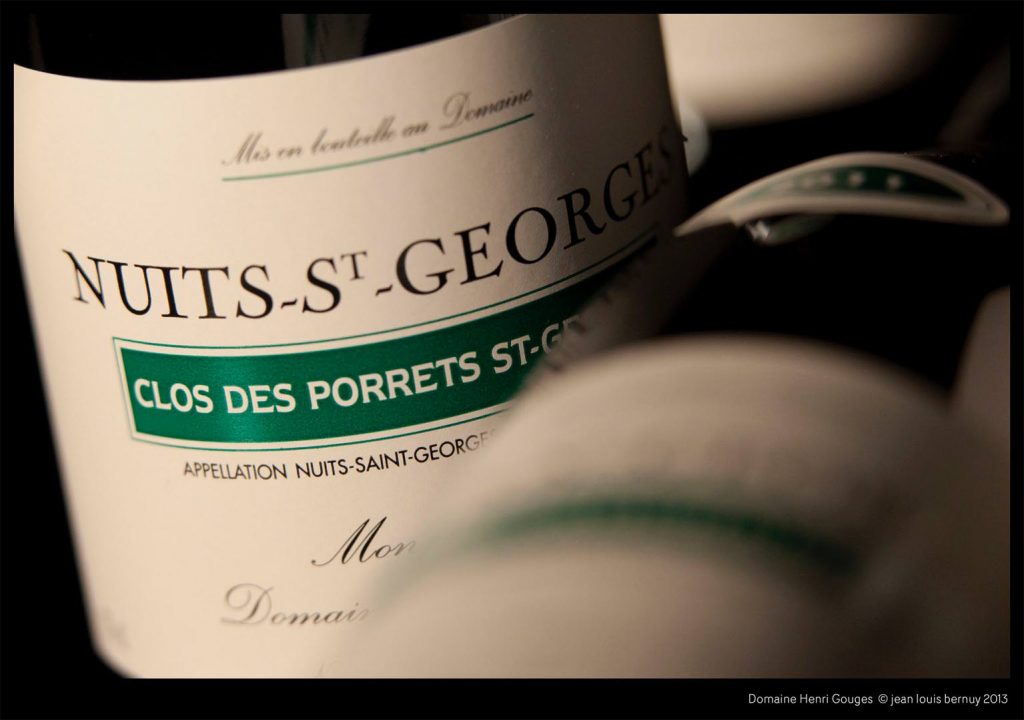
Primark or Gucci? This may be the moment to shed a little light on the Burgundian hierarchy, invaluable for reading a wine label.
Years ago I heard the analogy of The Wimbledon All England Tennis Club used to explain the system of classifying vineyards. (Possibly by Anthony Hanson, an august figure in the wine world and senior consultant to Christies). It stuck with me and this is my interpretation.
The outside courts – 2 to 14 – are the village or commune wines. You’ll recognise some of these, from Chablis in the far north, to the well known glitterati of the Côte d’Or.. among them Gevrey-Chambertin and Vosne-Romanée for reds, and for whites, Meursault and Puligny-Montrachet. They all have their particular character, just as the courts do. The name of the village may appear alone, or with a name attached which shows they come from a specific named place or lieu-dit within the village… eg Meursault, Les Tilletts. Meursault has many such lieux-dits ranging from the bottom to the top of the slopes all with slightly different identities. Some growers will blend them together for a more rounded expression of the village style, but many like to bottle them separately. You’re much less likely to see village wines from Puligny-Montrachet with a named place attached.
Up a level is Court Number One. Here some serious matches are played. These are the Premier Cru (1er Cru) vineyards, some of the best spots in the villages. In Meursault for example there is the Les Perrières. (Perrières means stony soil and cru just means vineyard – so, stony vineyard ..the name is often a bit of a give away for a good terroir. Caillerets – again referring to the stone – is another.) Many of these are just at the sweet spot of the mid slope…and are labelled with the village name, followed by 1er cru, and chased up with a premier cru name. Clock the 1er Cru on the label to be sure you are not getting a village wine.
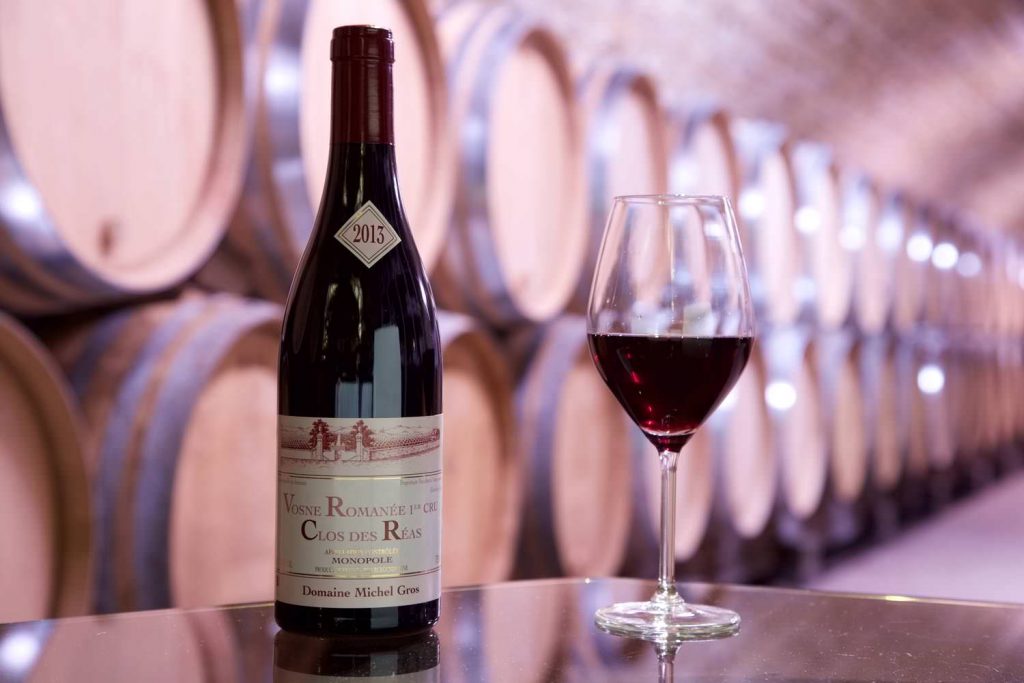
Now to the Centre Court; ah yes…the hallowed turf of champions. Well this is Grand Cru territory. There are 32 Grand Cru vineyards on the Côte d’Or producing among the finest vino in the world…long ago folk (monks at first) recognised that these plots had some mystical combination of factors – the perfect combination of soils, maybe a fault line in the mother rock, perhaps the slope tipping in the just right direction, which distinguished them from neighbouring vines. These magical places were designated in time as Grand Crus. These wine are grabbing the world’s attention; the likes of Musigny and Richebourg for reds, and for the whites… the king of white Burgundy – Montrachet. No preface required. The name stands proud and alone – with Grand Cru underneath…ta da – Latricières-Chambertin.
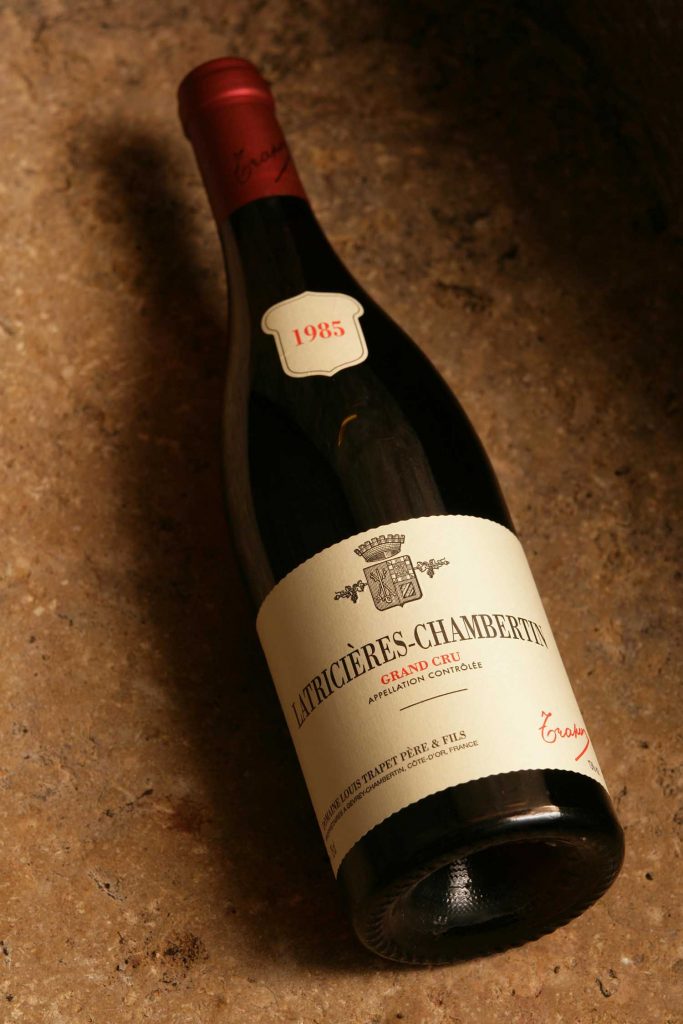
Domaine Jean-Louis Trapet
The Burgundians are a canny lot. In a stroke of marketing genius, long ago, they linked some of these grand cru to the village name… a bit of borrowed stardust so to speak. So the village of Gevrey tagged Chambertin to make the village of Gevrey-Chambertin and where there was no grand cru, a 1er cru would do. Nuits used the vineyard Saint-George… a great 1er cru.
Stepping outside the Club, there are the regional and district appellations – appellation is just the name given to a place. The regional appellations, among them Bourgogne and Hautes Côtes de Nuits and Hautes Côtes de Beaune, can give plenty of simple pleasure… and the district appellations such as Mâcon can be delicious with plenty of terroir character.
Let’s stick with Wimbledon for a moment. Once you’ve got the geography sorted, there is the weather to contend with… think of those rainy years sheltering under an umbrella, or balmy years with fans sunning on Murray Mount. Yes, every vintage has its particular character…the 2007 gave light, silky reds; the 2012, richly textured whites.
And last, but not least, the players – well they vary in ability and technique, as do the winemakers. A great grower may coax something very special from a village vineyard, while a poor one may stuff up a grand cru. It’s important to find the growers you like and can trust… they will treat the grapes somewhat differently and, much as they might argue, their style will show a little in their wine.
So you need to cross reference geology/topography with vintage and winegrower…in wet weather the good player may slip and lose the match! If this still seems daunting, don’t worry, I’ll be taking you to some of my favourite growers and vineyards… let’s start with centre court seats in the grand cru of Clos de Tart…in the next blog.
Love Burgundy and want to know more. Go to my website www.theburgundybriefing.com
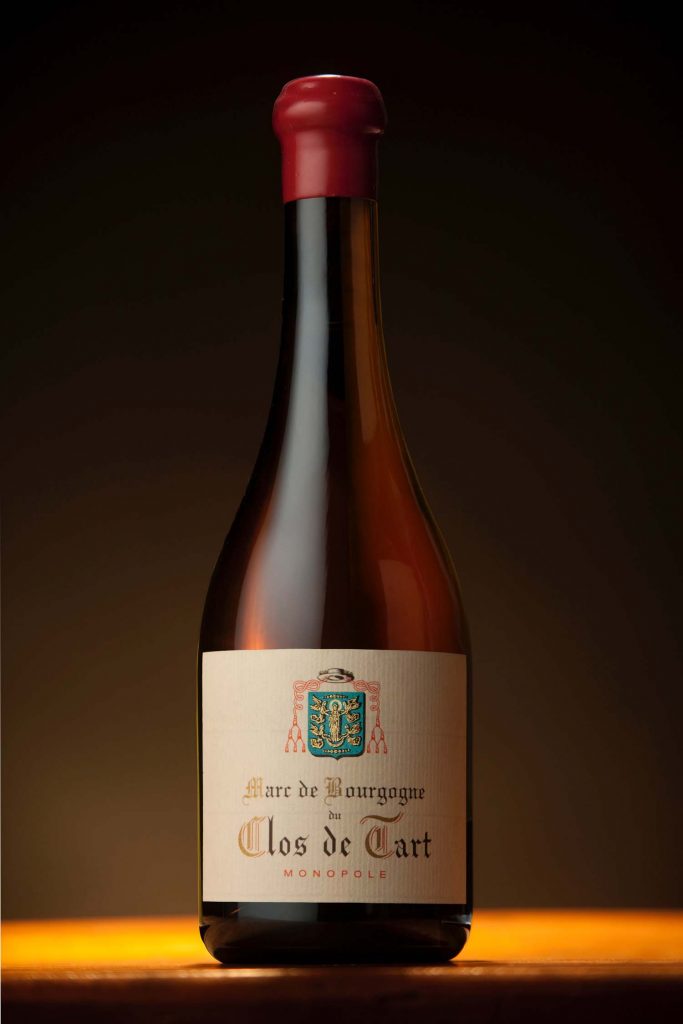
Photo: JL Bernuy

